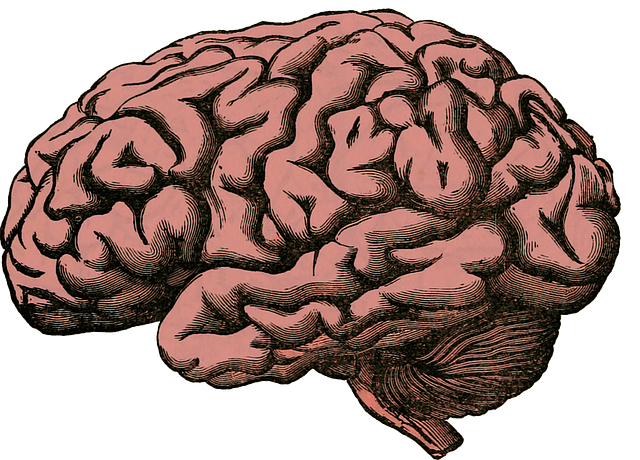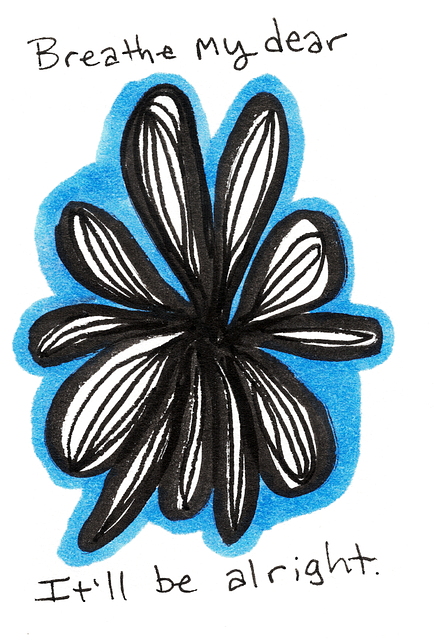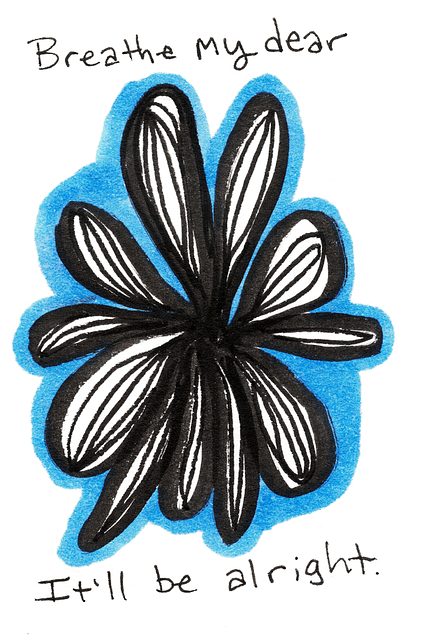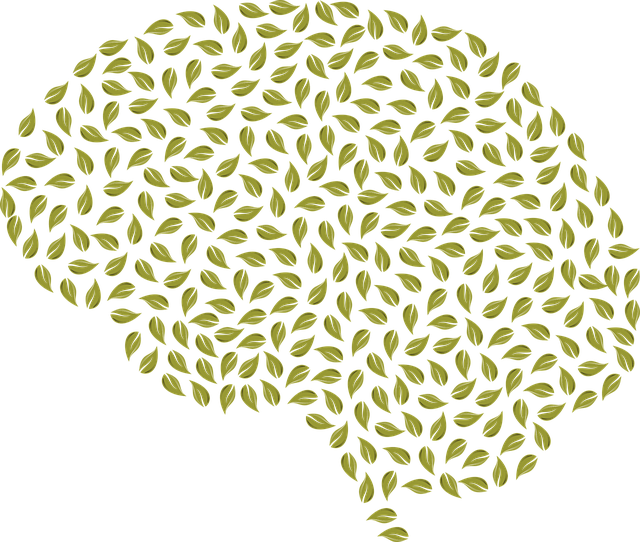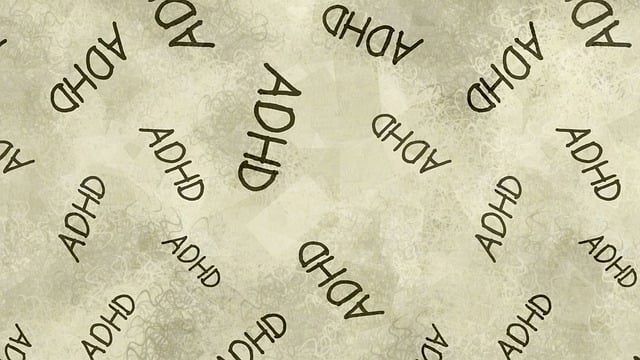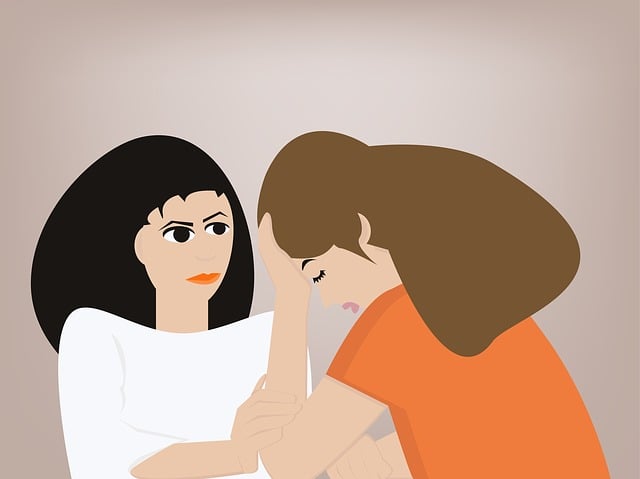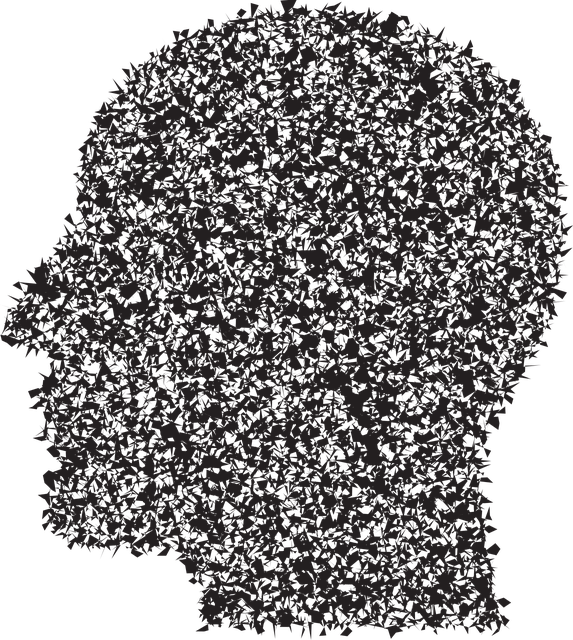Chronic pain in adolescents is a complex issue impacting physical and mental health. Caused by various factors, it leads to sleep disturbances, fatigue, and reduced mobility. Effective management requires empathy-driven therapy, focusing on depression prevention and reducing stigma. Tailored approaches like Cognitive Behavioral Therapy (CBT) and Compassion Cultivation Practices (CCP) empower teens with coping strategies, improve mental health awareness, and enhance overall well-being. Integrating mindfulness meditation and practical stress-reducing techniques allows adolescents to actively manage pain and build resilience for long-term wellness.
Stress management techniques are essential tools for adolescent teens dealing with chronic pain, a growing concern among young individuals. This article delves into the intricate relationship between stress and chronic pain in teens, highlighting its causes and profound impact on their overall wellness. We explore effective therapy approaches tailored to alleviate such pain, offering practical strategies for daily implementation. Furthermore, long-term resilience-building strategies are presented to empower teens in managing their chronic pain effectively. Understanding and addressing chronic pain in adolescents is a vital step towards fostering healthier, happier futures.
- Understanding Chronic Pain in Adolescent Teens: Causes and Impact
- The Importance of Stress Management for Teen Wellness
- Effective Therapy Approaches for Chronic Pain Relief in Teens
- Practical Stress-Reducing Techniques for Daily Implementation
- Building Resilience: Long-Term Strategies for Managing Teen Chronic Pain
Understanding Chronic Pain in Adolescent Teens: Causes and Impact

Chronic pain among adolescent teens is a growing concern, impacting their overall well-being and daily functioning. This condition can arise from various factors such as injuries, underlying medical conditions, or even mental health issues like depression. Unlike acute pain, which serves as a warning signal, chronic pain persists for extended periods, often leading to physical disability and significant emotional distress. Adolescent teens experiencing chronic pain may struggle with sleep disturbances, fatigue, and limited mobility, all of which can exacerbate their condition.
Understanding the causes of chronic pain in this demographic is essential. Empathy-building strategies within therapeutic settings can help professionals grasp the unique challenges faced by these teens. By addressing depression prevention and mental illness stigma reduction efforts, therapists can create a supportive environment. This approach not only aids in managing symptoms but also promotes resilience, empowering adolescent teens to cope effectively with their chronic pain and improving their overall quality of life.
The Importance of Stress Management for Teen Wellness

Stress management is a vital component of overall wellness for adolescent teens, especially those grappling with chronic pain. The challenges of adolescence, combined with persistent physical discomfort, can significantly impact a teen’s mental health and daily functioning. Effective stress management techniques offer a much-needed lifeline, empowering young individuals to navigate these difficulties with resilience.
Early intervention through therapy tailored to adolescent needs is crucial. Mental Health Policy Analysis and Advocacy highlights the importance of accessible support systems that address both physical and emotional aspects of chronic pain in teens. By integrating Emotional Well-being Promotion Techniques into their lives, adolescents can develop healthy coping strategies, enhance their mental health awareness, and improve their overall quality of life. These proactive measures are key to fostering a generation of resilient young adults who can successfully manage stress and its associated challenges.
Effective Therapy Approaches for Chronic Pain Relief in Teens

Managing chronic pain is a significant challenge for many teenaged individuals, but various therapeutic approaches offer promising solutions. Cognitive Behavioral Therapy (CBT) has proven to be an effective method in treating adolescents with chronic pain, helping them manage their symptoms and improve overall well-being. CBT focuses on identifying and modifying negative thought patterns, offering coping strategies to deal with pain and associated emotions. This approach empowers teens to take control of their lives by providing them with valuable skills to navigate pain management.
Additionally, Compassion Cultivation Practices (CCP) have gained recognition as a valuable tool in preventing burnout among young people suffering from chronic pain. CCP involves mindfulness training and cultivating self-compassion, which can reduce the emotional burden associated with persistent pain. Integrating these practices into mental health education programs designed for adolescents can enhance their resilience and promote positive mental health outcomes. Such programs aim to educate teens about managing pain holistically, addressing both physical and psychological aspects, and fostering a supportive environment.
Practical Stress-Reducing Techniques for Daily Implementation

Teaching practical stress-reducing techniques to adolescent teens experiencing chronic pain is a valuable approach to empowering them with coping strategies for a healthier lifestyle. Self-awareness exercises play a crucial role in this process, helping individuals recognize and understand their physical and emotional states. Through simple practices like mindful breathing or progressive muscle relaxation, teens can learn to identify the onset of stress or tension and implement immediate countermeasures.
Integrating Mindfulness Meditation into daily routines offers another effective solution. This ancient practice encourages individuals to focus on the present moment, thereby reducing anxiety related to past experiences or future worries. By fostering a sense of calm and clarity, mindfulness meditation can significantly enhance overall well-being, especially for those navigating chronic pain. These techniques, when adopted consistently, have the potential to revolutionize how adolescent teens manage their stress and, in turn, improve their quality of life.
Building Resilience: Long-Term Strategies for Managing Teen Chronic Pain

Building resilience is a crucial aspect of long-term strategies for managing teen chronic pain. By incorporating effective therapy for adolescent teens with chronic pain, such as cognitive behavioral therapy (CBT) and mindfulness practices, young individuals can develop coping mechanisms that enhance their ability to navigate challenging situations. These therapeutic approaches not only teach adolescents how to manage their physical discomfort but also equip them with emotional tools to handle stress, anxiety, and depression, which are often associated with chronic pain.
Additionally, trauma support services play a significant role in fostering resilience among teens dealing with chronic pain. Providing safe spaces for processing past traumas and current stressors can alleviate the psychological burden that frequently accompanies physical discomfort. Integrating mood management techniques, such as relaxation exercises and stress reduction methods, into the care plan empowers adolescents to take an active role in their well-being. This holistic approach ensures that teen chronic pain patients not only find relief from their symptoms but also develop long-lasting skills for coping with life’s challenges.
Stress management techniques are invaluable tools for adolescent teens dealing with chronic pain, offering both short-term relief and long-term resilience. By combining understanding chronic pain’s causes and impact with effective therapy approaches and practical stress-reducing techniques, we empower teens to take control of their wellness. Incorporating these strategies into daily life can significantly improve their overall well-being and quality of life. Remember, early intervention and education are key to helping teens navigate and overcome the challenges posed by chronic pain.
